Most people don't experience pain directly related to their food. Yet when I was at my worst, every meal I ate caused me some level of pain either immediately or within an hour or two of finishing. In kind, I started to eat more slowly and eat less variety, even cutting down to no longer consuming dishes but merely ingredients.
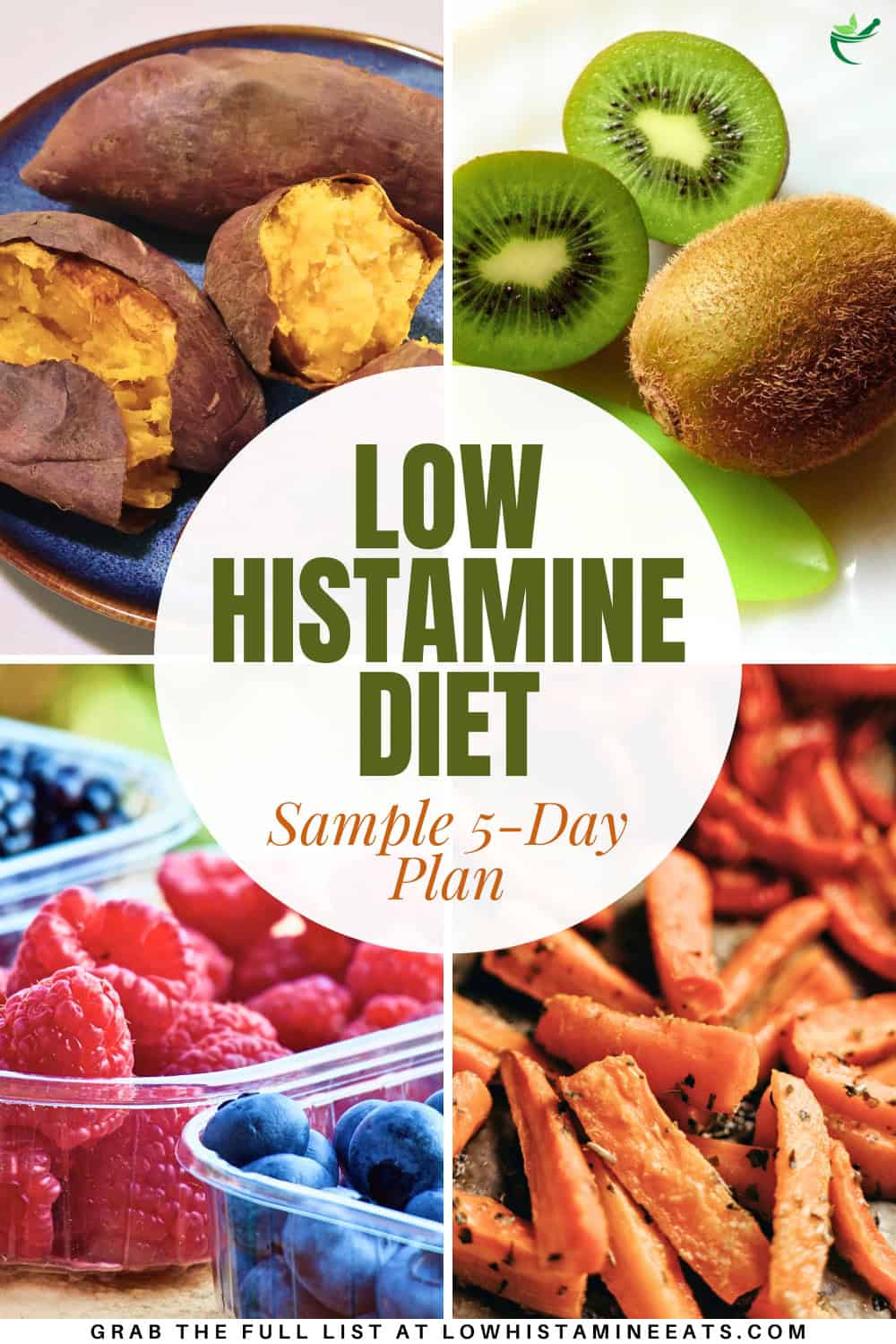
One day in early May, a friend introduced me to the relatively unknown mast cell activation disorder, and that very night I deep-dove into her diet, going cold turkey on most everything I enjoyed within three days of realizing I probably have histamine intolerance.
Before we begin, I want to make sure you're armed with more resources than I was. It's important to understand the basics of low histamine diet plans and why they seem so specific and restrictive. Any good elimination diet meal plan will outline the foods you can and should have (see below), but it will also explain why to avoid the things that didn't make the cut (even if other low histamine recipes allow them).
Ideally, it will also emphasize antihistamine foods, as this plan does. In this case, all the foods off this list are either directly inflammatory or may stop your body from naturally calming inflammation.
Because that brain fog and acid reflux and hives and anxiety and stomach cramps? The allergy symptoms way outside of allergy season? Most of them may be caused by a histamine sensitivity often referred to as histamine intolerance, which you can start to treat by changing your diet.
Medical Disclaimer: as with everything on this site, this article is provided for information only. I strongly urge you to speak with your doctor or a licensed medical professional in order to assess whether or not you have histamine issues and/or issues with lectin, oxalates, salicylates, etc.
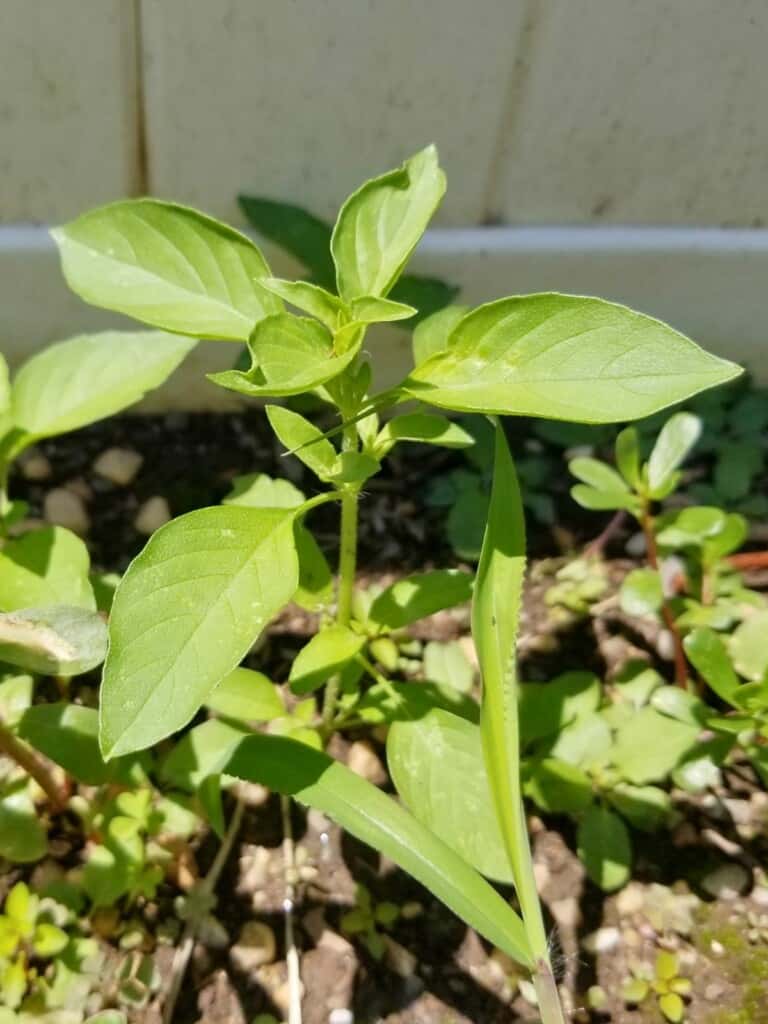
Jump to:
📝 Getting Started With A Low Histamine Diet
Overactive histamines are behind many people's mysterious and severe allergic reactions to seemingly innocuous foods (and even innocuous places), despite having no recorded allergy. But histamines are in everything, even the environment and especially your food.
However even beyond histamines, this sample mastocytosis diet is low fodmap and initially limits all foods which fall under relatively more common sensitivities like sulfites. This is because any such sensitivity has the likelihood of causing similar inflammatory reactions and symptoms.
To prepare for this antihistamine diet, I highly recommend preparing and freezing most of your meals ahead of time. While you could approach this diet slowly, taking out most of the worst offenders (like fermented foods & alcohol, and anything that's a histamine liberator) day by day, lots of people have issues with even the additives and flavorings in certain foods.
So if that's actually your main issue, a true low histamine diet would help you, but easing into the diet would offer little to no relief at all since there are additives in most things. Honestly, the list of foods you should take out would be way longer than the list below, and it would probably just make you as sad as it initially made me.
But just start off by eating two meals a day. Lessening the load on your gastric system is one of the keys to giving your body time to heal itself of the inflammation.
Especially if one of your problems is low stomach acid due to nutritional malabsorption, you'll need to either chew a lot more or eat softer, mostly broken-down foods. My approach could be described as conservative, but I've been through too much agony over the last few years to not take careful action (if I'm gonna take action at all).
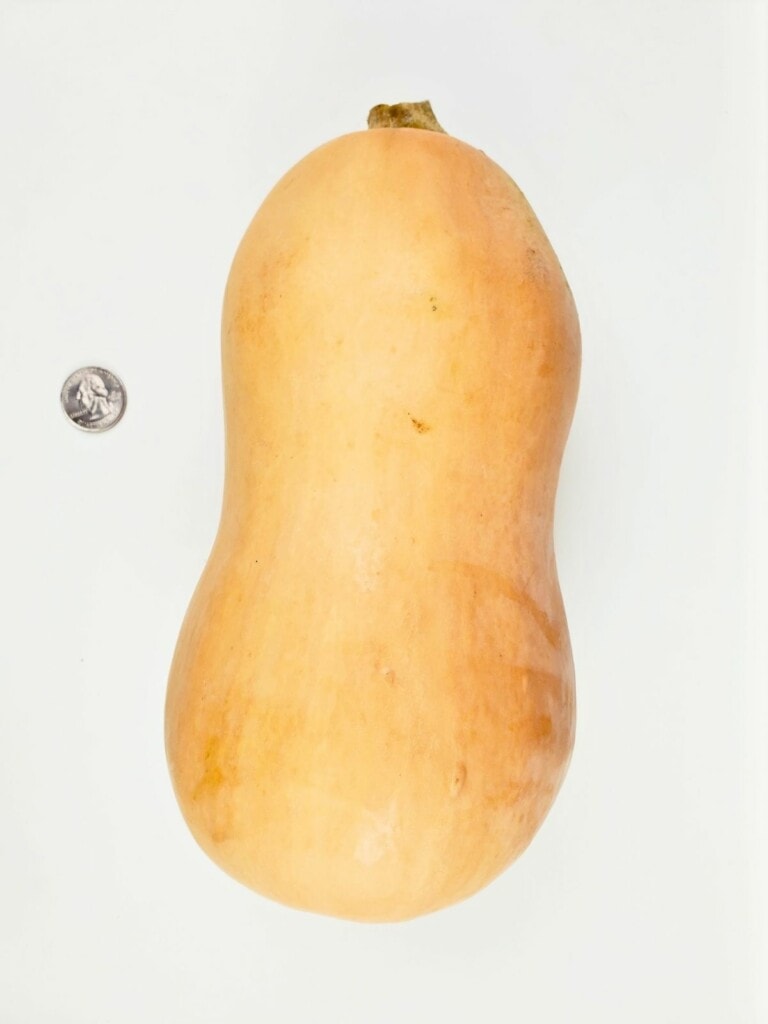
How I Came Up With The Safe Foods List
When I was first diving into research, most of the low histamine food lists I found had little overlap with each other, but I took what overlap I could find and wrote it out. Then I looked at a few other diet protocols— like FODMAP and AIP (Fermentable Oligosaccharides, Disaccharides, Monosaccharides, And Polyols and AutoImmune Protocol, respectively)— and I took out any no-no foods from those diets.
This was in case I was totally wrong with my self-diagnosis. Now with what I know, I've realized that generally these foods are off-diet because of a systemic reaction to one or more nutritional components in that food group, like nightshades, cruciferous vegetables, or dairy.
Most of the low histamine diet recipes out there will have one or more of these types of ingredients because they're packed with flavor and make great additions to dishes. But as I said, it's not important right now to understand the exact compound in any of these foods that you might react to.
Just suffice it to say that I've carefully kept all possibly reactive foods off this 5 day low histamine diet plan. If after 5 days you don't feel any better at all, you may still have a histamine issue, and I highly recommend sticking to the plan for another 5 days unless you for some reason feel worse on it.
If you have a will of steel and/or make it to the end of five days and just want to continue, try reintroducing the approved low histamine foods (see below) one day at a time, prepared using the existing approved ingredients.
To stretch this to ten days, on Days 6-10, simply repeat the same ingredients from Days 1-5, but adding in pasture-raised whole eggs and the italicized fruits & veggies from above on "Day 6".
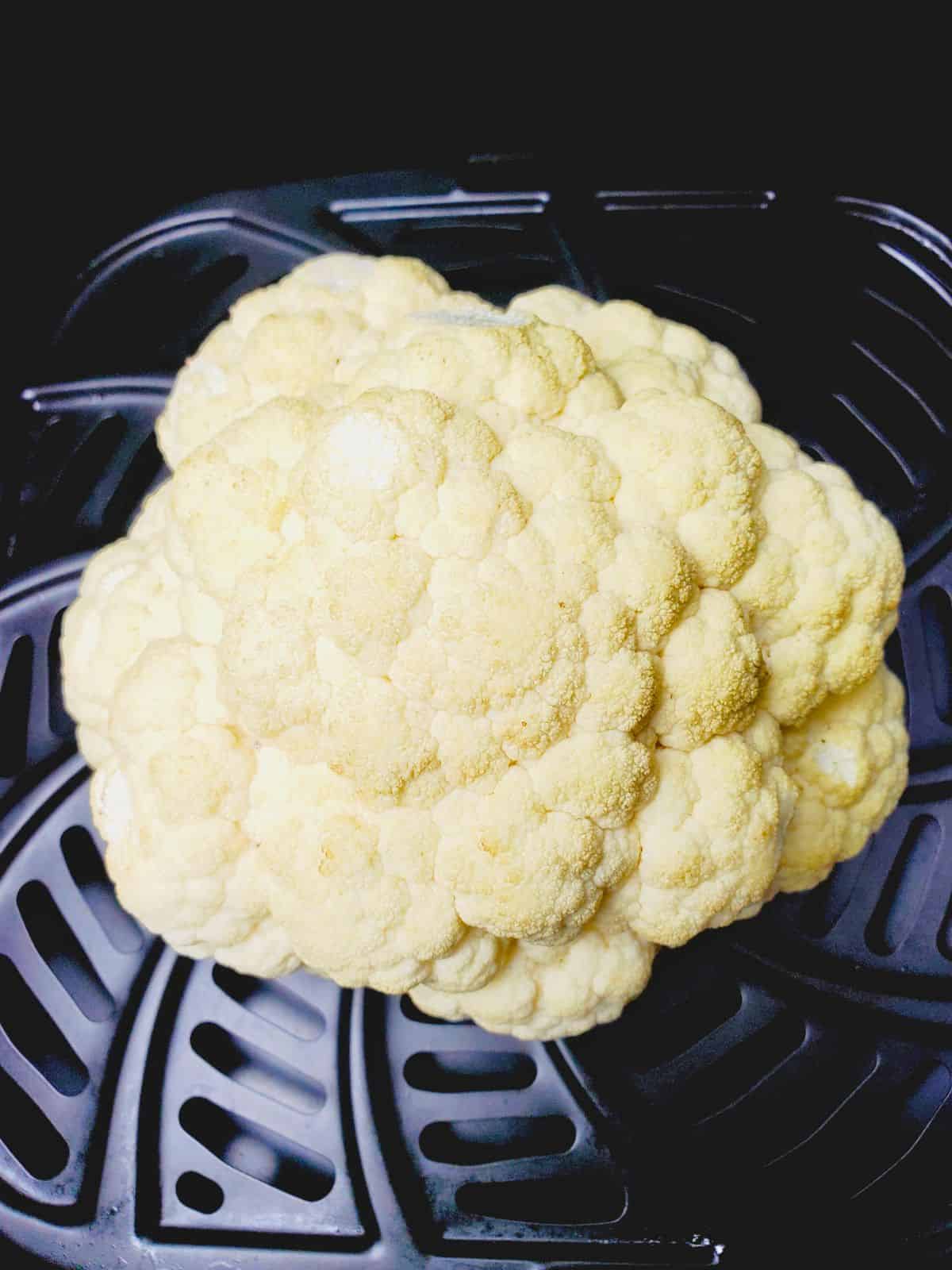
✅ Low Histamine Diet Safe Foods List
- Organic Flat Kale
- Organic Arugula
- Organic Carrots
- Organic Butternut Squash
- Organic Sweet Potatoes
- Organic Radish
- Organic Beets
- Organic Turnips
- *Organic Broccoli
- *Organic Brussels Sprouts
- *Organic Cauliflower
- *Organic Cabbage
- *Organic Garlic
- *Organic Onions
- Organic Blueberries
- *Organic Raspberries
- Organic Kiwis
- Organic Coconut Milk
- Organic Coconut Oil and Olive Oil
- Organic Chia and Flax Seeds
- Organic, Free-Range Chicken Breast
- Organic, Free-Range Pork (NOT bacon)
- Organic Chamomile Tea
- Sea Salt
- Fresh Organic Herbs: Ginger, Sage, Rosemary, Thyme, Basil, Lemongrass, Oregano, Turmeric, Bay Leaves, Saffron (note that basil can cause stomach upset in very rare cases, with emphasis upon very rare)
*should be avoided for first 3 days of low histamine diet plan, and after that may be used to replace any other meal, when prepared using the above ingredients
Note: Some people also have issues with lectins, salicylates, and/or lectins, among other plant chemicals. If you find you're still having issues after 5 days following this plan, but have seen some improvement, consider talking to your doctor about a co-sensitivity.

What to Meal Prep (Buy Ahead)
You probably have a lot of these ingredients already at home, but make sure that all of those versions are both fresh and organic (though pure dried versions of the herbs & spices are usually fine). You'll note that these meals are very repetitive, which is on purpose— the easiest way to approach low histamine meals is to prep your food ahead of time and forget about it, at least for a little while (i.e. until you feel better).
If you tend to have a hungry tummy, make one extra serving of each dish to put in a separate container to prevent temptation to stray off-diet. For these few days, if you're still hungry after a meal, add another couple ounces of meat per meal or another two tablespoons of oil or coconut cream. Upping your protein in each meal will help you feel fuller longer and pace how quickly the calories hit your system.
You can also have a cup of ginger tea or chamomile tea any time, except for the last couple of hours before bed (this is in an effort to lower the volume of stuff in your stomach before you lay down to bed). You'll be able to explore more creative low histamine recipes after your first couple weeks.
- 3 medium sweet potatoes
- 2-14oz. cans coconut milk or coconut cream
- coconut oil
- olive oil
- sea salt
- 28oz/1.75lbs. chicken breast
- 4oz basil (pureed with olive oil to make a plain sauce)
- 2"/2 teaspoons chopped fresh ginger
- 2 teaspoons chopped fresh or flash-frozen lemongrass
- 1 lb. organic carrots
- 1 bunch of flat-leaf kale
- 1 large butternut squash
- 6-8oz/0.5lbs. pork loin or tenderloin
- 2 pints blueberries
- 1 pint raspberries
- 1-4 kiwis
- fresh oregano, rosemary, thyme, and sage leaves
- optional: chia seeds
Note: Make sure you get enough calories, even for the short period you follow this diet. Scale this recipe to your usual appetite, and add in more olive oil or coconut oil to your next meal, if you find yourself still hungry.
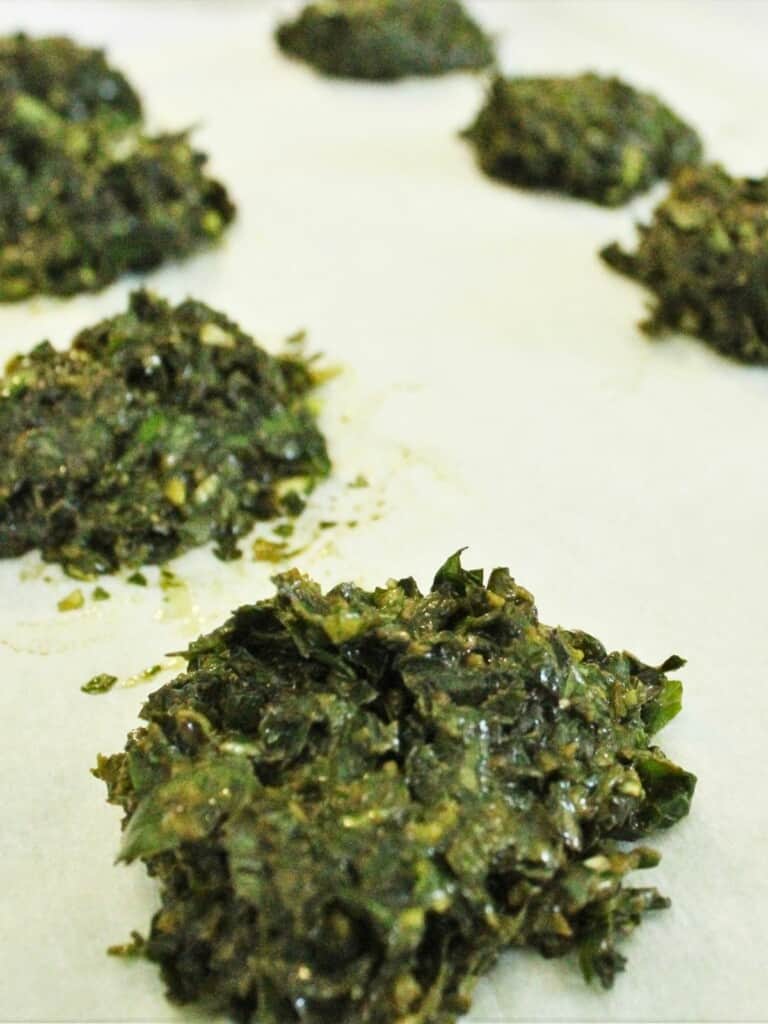
Low Histamine Diet Day 1
Breakfast/Lunch: smashed sweet potato and basil chicken.
Drink two huge glasses of water as soon as you wake up, then begin making breakfast: one medium sweet potato, sliced & drizzled with 1 tablespoon coconut oil and a sprinkle of sea salt, then roasted 425°F/220°C for 40-50 minutes. If you're feeling fancy, smash the freshly-roasted potato with a fork and top it with some coconut cream & chia seeds until it's more smooth.
For the basil chicken, bake 110g/4oz chicken breast rubbed with 1 Tablespoon olive oil at 350°F/175°C for 20 minutes. Top with 2 tablespoons of basil sauce (just basil + olive oil) and bake for 5-10 minutes, until internal temperature reaches 165°F. Salt to taste.
Snack/Dessert: ½ cup fresh blueberries with 2 tablespoons coconut cream or coconut milk.
Dinner: Charred chopped kale (optional ginger) with a dollop of coconut milk on top, and 4oz lemongrass chicken breast. To char the kale, simply wash, dry, and de-spine two leaves of kale with a knife. Warm the torn leaves on a nonstick pan over medium heat for about two minutes, until totally dry and wilted.
Add 1 teaspoon of olive oil and ⅛ teaspoon of fresh ginger or a dash of ginger powder. Cook for 5-7 more minutes, stirring more frequently as it cooks, and salt to taste & serve. Lemongrass chicken is a slight flavor upgrade to plain chicken.
Cut your chicken into small pieces, no larger than an inch, and heat it in 2 Tablespoons of olive oil over medium heat. Once the oil starts sizzling, turn heat down to medium-low and add ½ teaspoon of fresh ground ginger, ½ teaspoon of turmeric, and 1 Tablespoon of chopped lemongrass (just the roots).
Cook for 5-7 more minutes, stirring occasionally, until largest piece shows no pink in the middle and some pieces begin to brown. Add a dollop of coconut cream, and then salt & pepper to taste.
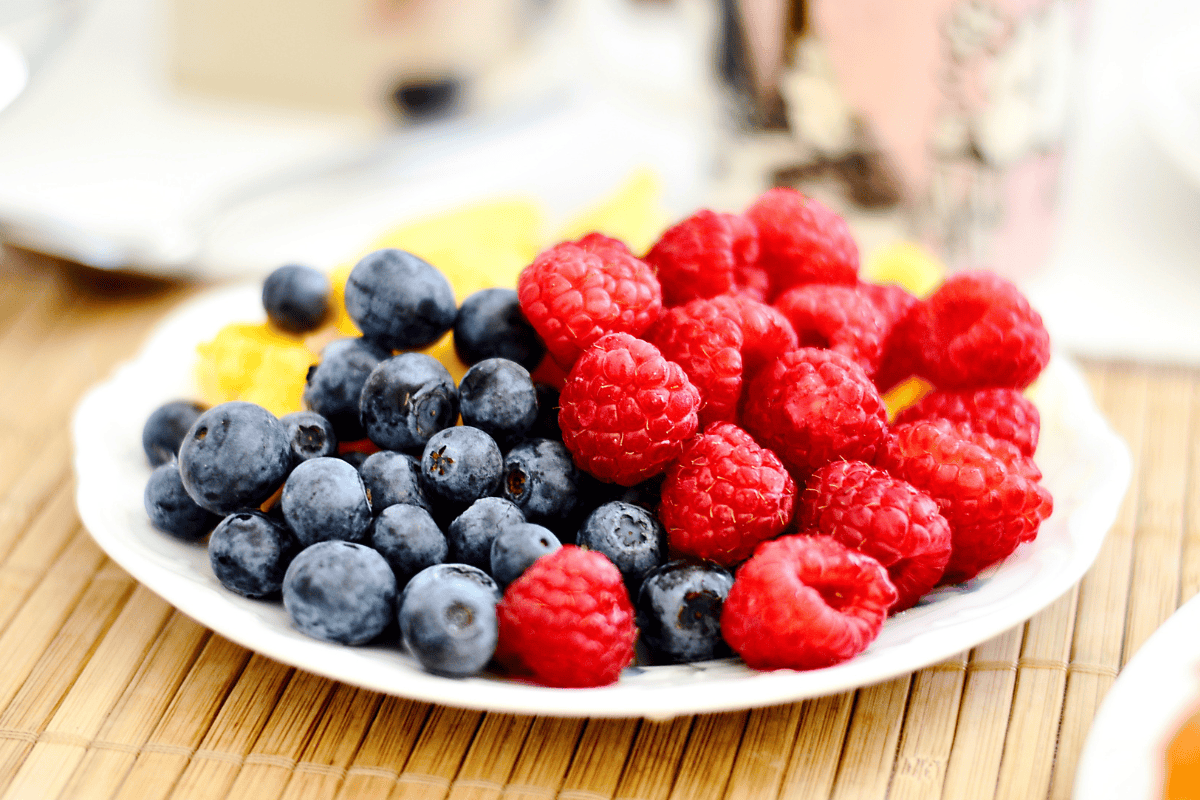
Low Histamine Diet Day 2
Breakfast/Lunch: rosemary roasted carrots with 2oz of chopped chicken salad.
Drink two huge glasses of water as soon as you wake up, then begin making breakfast. Peel one large or two small carrots, then chop them into small pieces. Toss the carrots onto a nonstick pan over lop heat and let them slowly cook for five minutes, stirring occasionally. Add 1 Tablespoon of olive oil and ½ teaspoon chopped dried rosemary or ¼ teaspoon chopped fresh rosemary.
For the chicken, take a 2-3oz piece and cut it into smaller pieces. Cook those smaller pieces in 1 Tablespoon of olive oil for a few minutes, until no piece shows visible pink. Let it cool for a couple minutes, then take that chicken and chop it into thin pieces and add it back to the pan.
Pour in another Tablespoon of olive oil along with ¼ teaspoon each of fresh sage, rosemary and oregano plus ⅛ teaspoon fresh thyme, and turn the heat up to medium high to warm the herbs and brown the chopped chicken. Serve chicken alongside the rosemary carrots, and salt to taste.
Snack/Dessert: 1-2 fresh kiwi fruits.
Dinner: 4-6oz. roasted butternut squash and 3-4oz roasted pork cooked with olive oil and sea salt (ginger optional, but recommended). Peel your squash and cut it into medium-sized cubes. Take your pork loin or tenderloin and cut it into pieces slightly larger than the squash.
Toss everything in 2 Tablespoons of olive oil and ⅛ teaspoon of salt (this is also when to add ½ teaspoon of fresh ginger or a ¾ teaspoon of ginger powder, if using).
Bake the squash and pork together on a baking sheet at 400°F/205°C for 25-30 minutes, flipping the pieces after 15 minutes to prevent burning. Once the pork is done (generally no longer pink in the middle), the dish is done. Eat or freeze almost immediately.
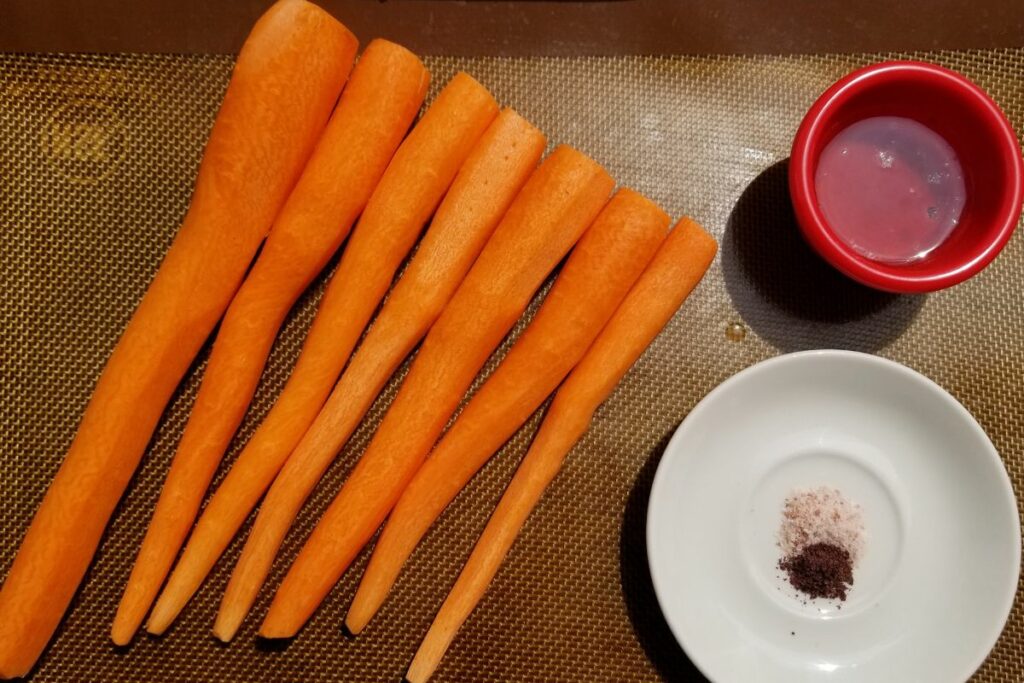
Low Histamine Diet Day 3
Same as Day 1.
Low Histamine Diet Day 4
Same as Day 2. This is where you can start adding in some of the sulfurous (but incredibly healthy) or otherwise potentially-triggering foods italicized above. If you feel at all more triggered by adding in any of the foods, go back to the pre-approved dishes above and only add in one new ingredient each day. This whole diet is to get an idea of what may be causing all your symptoms.
Low Histamine Diet Day 5
You can choose to make extras of either low histamine breakfast and/or dinner combo you want; same goes for dessert. I recommend just doing Day 1 over again here, but it's up to you, as each and every one of these foods should have no reaction if you have histamine intolerance, and it should start to ease your symptoms pretty immediately.
If you're feeling great and haven't reacted to anything so far, you may be getting restless. For those feeling ready to dive into some more creative (very) low histamine recipes, you can check out my Level 0 Histamine Recipes.
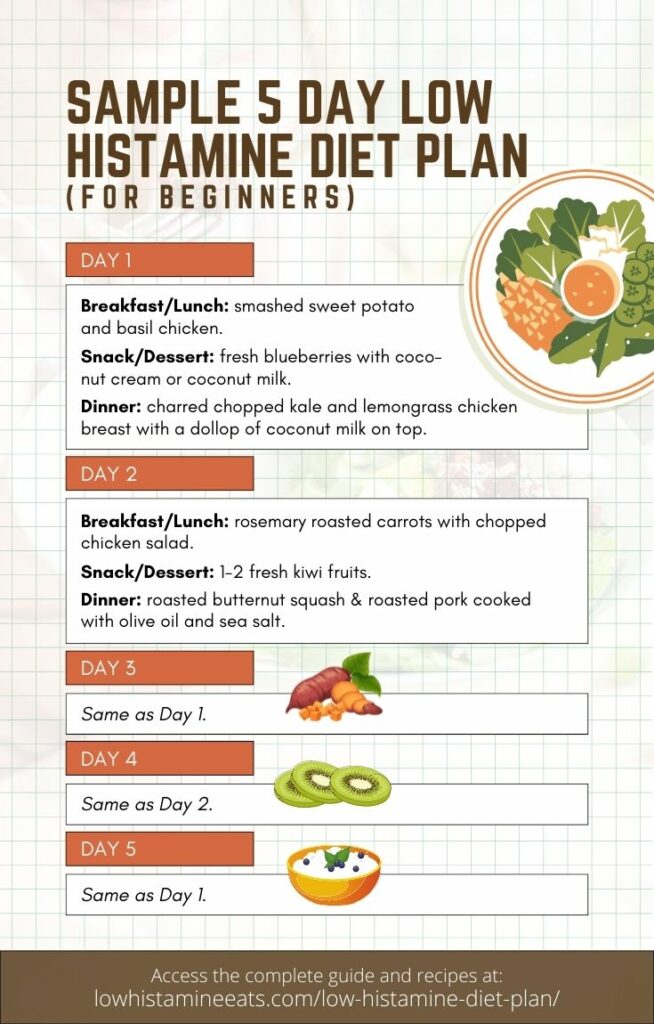
💡 Tips For Sticking to the Low Histamine Diet
This mast cell diet is an incredibly healthy one to follow as a general rule (in the short term only), but I understand that it's not always the easiest. Just take it one low histamine meal at a time. I've compiled more tips in this post, but if you're already feeling overwhelmed, the ones below will get you started.
Just make sure you set yourself up for success by making your home amenable to this change, otherwise you may find it harder than necessary to make it through five days! And take it from me— any off-diet food can bring about a reaction. If you really want to follow a diet to see if you have histamine intolerance, then you need to limit your intake of all high histamine foods. Here are my tips:
- Have remedies (natural antihistamines and anti-inflammatory foods) on hand in case of a reaction. It's okay to still be having a bad reaction and a bad day; that doesn't mean the diet isn't working. It's okay to still need an antihistamine on Day 3, as your body won't recover from the inflammation overnight.
- Keep all your high histamine food as out of sight as possible, and keep the low histamine foods in your fridge & freezer as close to eye level as possible. Somewhere on the outside of your fridge and pantry, right at eye level, keep a notecard with the list of meals you're going to be eating that day. Distract yourself from thinking about food during this time, and do as much meal prep as you can ahead of time. Try keeping a diary of any ongoing HIT symptoms throughout the diet, for later adjustments.
- I totally get that food is life: keep ALL food on one shelf in the freezer and then one shelf in the fridge so that you're not even tempted to look elsewhere for something. See the low histamine meal ideas above for a shopping list.
- Remember the importance of freezing any prepared foods and keeping veggies as fresh as possible when you're buying the food from the list above. And please please please buy organic, as the histamine level is generally lower!!
- This one is kind of out there, but if you find that you have some blockage, supplemental fiber may be your friend. I highly recommend using 1 teaspoon of psyllium husk in 8oz. of water if you start to experience any tummy upset. 2 teaspoons of flax meal in 8oz. of water could serve the same purpose, but if it seems to make your stomach upset worse, stop immediately.
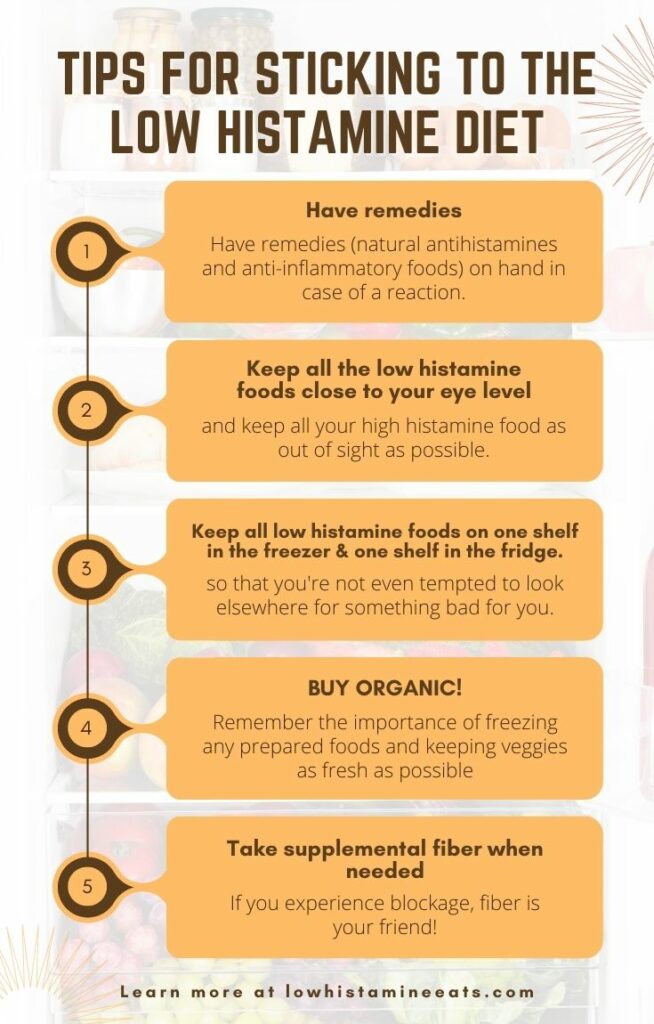
If this low histamine diet plan helped you sort out your own approach to histamine intolerance, please let me know in the comments!
Save this post for later!

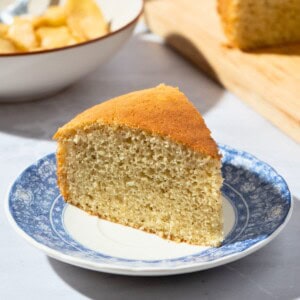











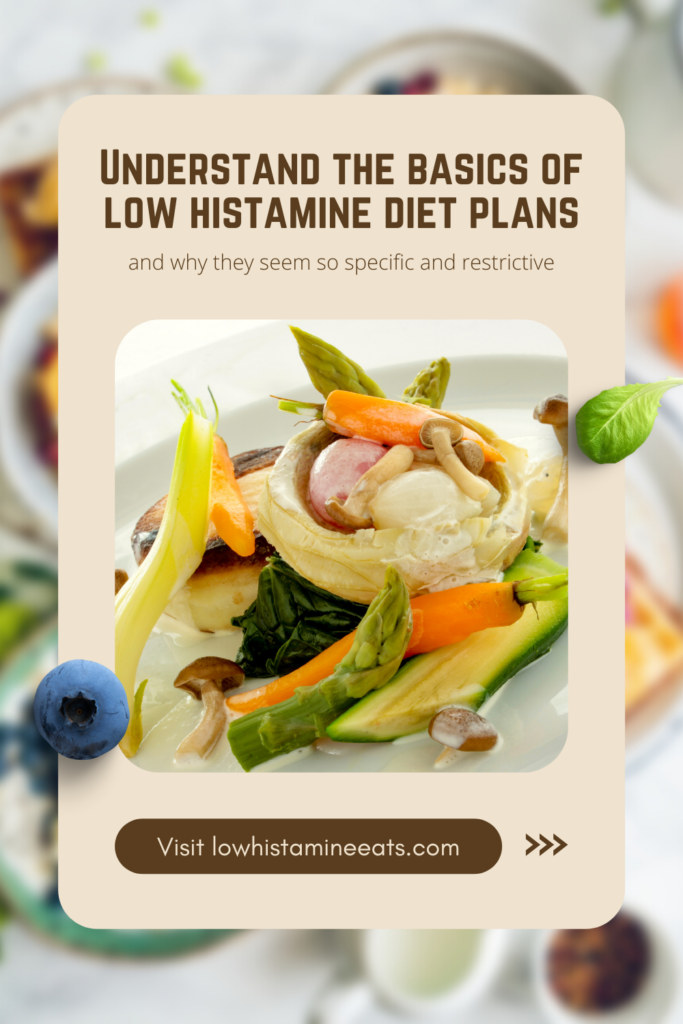

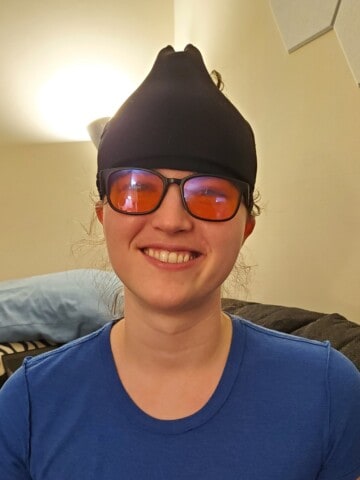
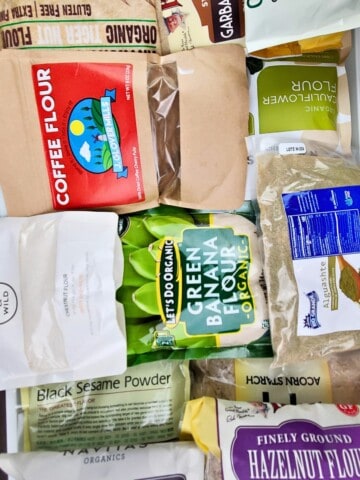

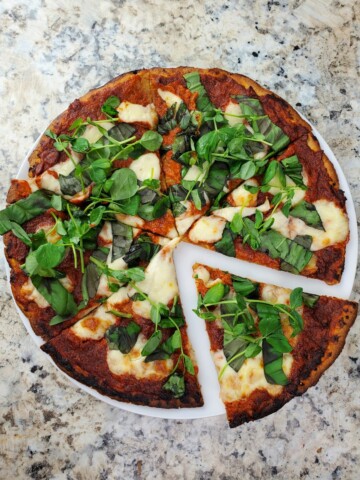
Emily says
Hi! Just found your AMAZING blog today and am devouring all of your info! I believe I'm dealing with histamine intolerance as well. Years of food sensitivities and "weird" symptoms has brought me here! I'm currently REALLY hungry--I'm only tolerating about three foods. This low-histamine diet would be heaven for me IF I could eat that much!! Trying one new food each day, but everything feels like a "no". Do you have any recommendations of how to get from eating my 3 foods (even those causing pain and inflammation) to what this diet recommends? Thanks so much!!
Max says
I am SO sorry you're dealing with this, Emily; I've very much been there. The key to solving histamine intolerance or diagnosing & managing MCAS is finding the root sauce of your issues. Meditation, though it sounds wacky to some, has been a massive help in calming my nervous system, which is the main system interacting with one's immune system to tell the body that something (a food, evvironment, situation, etc.) is unsafe and should be managed, thus starting a histamine cascade.
If you don't have MCAS, then you likely have a root cause. I'm not a doctor, so please talk to your doc about this, but I'd bring up to them the 8 root causes mentioned in the clearing histamine post, so that you can calm your system down enough to get it to stop reacting to everything you eat. Depending on how your body is actually reacting, your doc should be able to help you narrow down which (if any) of these may be causing and/or contributing to your reactions. I'd also ask about food allergy testing, and a good daily antihistamine to take in the mean while (again, this is not medical advice, but benadryl seems to work wonders for people, including myself and other friends with MCAS). Sending big hugs! You've got this!!
Mary says
Dr just recommended this diet, so just read everything. Will do my best so i can quit coughing. After 5 years of coughing and every Dr rx for antiacid and finding on my own I had LPS silent reflux low acid and getting healed of all that through diet, then I started coughing again more violent and having talk with my chiropractor... need a low anti histamine diet!!! I found this website... so excited!!! Thank you... buying the groceries today. Thank you for making all the menu etc. Very thankful!!!!
Max says
My pleasure, Mary! I know it can be very confusing, but I hope it helps ease your symptoms to follow the diet, and finally gets rid of that reflux for you; it's beyond a nuisance of a symptom!
Karen Levitt says
Thank you for consolidating this diet into beginner form. Since I cannot have coconut milk due to cholesterol concerns, what would you recommend
Max says
I'm not a doctor, so this isn't medical advice, but from my research, if you're very reactive, olive oil wouldn't be great. But it would be fine if you're only having more mild symptoms. For the more sweet applications, the creaminess will be hard to replicate without another high saturated-fat ingredient, so you may just need to leave it out until you can safely add in something like macadamia nuts or pecans.
Carol says
Thanks for the diet! I am avoiding red meats, beef, lamb or pork. What can I use to replace pork? I eat turkey, fresh salmon, fresh sea bass, octopus or organic eggs to mention a few. Which protein do you think better to replace pork?
Max says
It's my pleasure, Carol! Honestly, I'd just use more fresh chicken, unless you have a great local connection for uber-fresh (like THAT morning) fish or turkey, as otherwise it's just generally easier to find higher-quality fresh chicken. Otherwise I'd say eggs, but they often bother people, so I'd generally avoid them for the first three or four weeks, and make them one of my earlier re-introductions if they haven't seemed to bother you in the past.
Astrid says
Thank you *so* much for this. I have had, what I now realize is histamine intolerance/imbalance for 12 years. Have had horrible times, and am now realizing why. I am on the first day of the 5 day reset, and was wondering about the chicken and pork. I have both in my freezer, but have more dark chicken meat, can I use that too, or does it need to be only breast? Also, I have 1 pork loin, but would other cuts work? I am so hoping this all helps, because the last decade has been hell.
Max says
Yeah! You can use any cut of chicken, as long as it's either fresh or was frozen fresh (breasts just seem to be easiest to find most places). I'm so sorry you've been dealing with all of this for over a decade, but I really hope it helps you, as well!
Michelle says
I am allergic to a lot of things on your list of things to eat... Does this mean maybe my issues are unrelated to a histamine intolerance?
Max says
Allergies are a similar mechanism to histamine intolerance, but unrelated— you can have many allergies, and still also have histamine intolerance or MCAS. If there are too many of your allergies on this list, you may want to check out the low histamine foods list to craft a low histamine approach of your own, sticking mainly to vegetables, fresh meats, and any tolerated fruits.
Lynn says
I would love to find a way to limit my health issues without using prescription drugs. My problem is I have Chronic Idiopathic Urticaria where the cause is unknown therefore internal or external factors can be the tipping point.
I am also protein intolerant yeast/mold intolerant (advised to avoid gluten dairy eggs sugars) add to that I am vegetarian 😄 no hope eh! I can't think of a way to adapt your 5 day diet, also Basil makes me feel terribly ill. Most of the time I try to keep within guidelines from various food lists but then I think "if I'm going to suffer pain and hives, at least do it because you like saag paneer!" Any suggestions welcome or references I could go to.
Lynn
Max says
Protein intolerant? Is that like you can't any meat, or you can't eat ANY foods which contain protein (that is to say most of them)? That's definitely a lot of restrictions, and I can relate to wanting to avoid prescription drugs; often in the long run they seem to hurt more than help. The chronic urticaria could be related to MCAS, if you've never been tested for that— both environmental and food factors can set off MCAS, one symptom of which is hives.
If you're already off meat because you're intolerant to it, and avoiding eggs & dairy (& honey/sugar), it sounds like raw vegan may be it for you. A good friend of mine did it for 6 months and swears it's what got her MCAS under control after 20 years, but it's certainly not for everyone (I couldn't manage to stick to it for more than a week, for example). But avoiding grains and added sugar would go along with raw vegan, and if you already have so many limitations, you probably don't want to stick to the plan here. I can relate to the saag paneer cravings, myself; not being able to eat tomatoes has sucked the most for, me. Secretly I can sometimes tolerate a bit and work around it, but not often, and I don't really talk about it because most people don't seem to do well with tomatoes.
Anyway, this plan is mainly formulated for people in the position I was in 3 years ago, with tons of symptoms, no help from their doctors, and just a vague sense of where to go. I know it doesn't sound like it, but you have a slight leg up insofar as you know some of the stuff that bothers you, and that gives you parameters to follow. Assuming you'd like to stick to low histamine for now, you can still have most vegetables, lots of different fruits, and assuming you can tolerate them, most nuts and seeds. When my friend was doing raw vegan, she used a lot of sprouted nut and seed butters, and some seed-derived protein powders to fill that gap in. Fats came from anti-inflammatory oils as well as flax and chia seeds, and although she's allergic to it, coconut is another good source.
I'm not a doctor and this is not medical advice, but if I were in your position, this is what I'd try (though ease into the 'raw' portion if you choose to do that, as all that uncooked fiber can be hard on the stomach). Please let me know what path you go down, as many people contact me each week with similarly unusual cases & no help from their doctors, and the more data I have, the more helpful I can be with arming them with ideas to bring back to their docs.
Kate says
What is your recommendation for people who are allergic to pork and coconut oil?
Max says
Hmmm. I'm not a doctor, but from my research, that's been a tough recommendation for docs to make, too. Your best bet for anti-inflammatory oils (ones with higher ratios of omega 3 fats than omega 6 fats) are olive oil and avocado oil, but some people may not tolerate those well with histamine intolerance or MCAS; it's very unpredictable.
So if you're allergic to coconut and pork, I'd swap the pork for chicken and try either olive or avocado oil, though ghee or tallow could also work. Like with all other aspects of the diet, it will be a process of literal elimination to sort out what foods are bothering you, but hopefully one of those 4 will be neutral enough for your cooking.
Amanda says
Hi,
Thank you so much for putting this together! I think I may have HIT or MCAS and want to follow this diet to see how I feel, but am allergic to coconut and sweet potato. What would you recommend as safe alternatives?
Max says
Thank you for your kind words!
Hmmm. I'm sorry you're struggling right now. I think if you need to replace the coconut milk/oil, the best alternative is either high-quality ghee or very high quality lard or tallow. Pure fats don't really contain histamine, but ones which have a lower smoke point will be more prone to rancidity (this is, most plant-derived oil), which will basically make them pro-inflammatory & work against you trying to lower your overall histamine levels.
As for sweet potato, even though regular potatoes are nightshades, they are often well-tolerated even by those with some sensitivity to nightshades (a somewhat common issue, which is the only reason nightshades are left off this diet, as a 'just in case'). Alternatively, if you like any of these root veggies, they're generally and widely well tolerated and could be subs: beets, radishes, rutabagas, taro, turnips, or parsnips. Just remember that it's only for this several-day period, and if you're starting to feel better on it, you can start slowly adding in new low histamine foods every other day. You've got this, Amanda! I hope you start to feel better really soon.
Alexi says
You are awesome. Thank you for all the research you’ve put into this!
Max says
You are so sweet, Alexi! Thank you!!
Michelle says
Your site and info on histamine are very helpful and thorough! Thank-you for all the research you've done!
I'm wondering if you can steer me toward any resources for low histamine combined with low oxalate?
Max says
Thank you, Michelle! I'm planning to organize by recipes by low oxalate and low lectin soon, but I haven't quite yet. mastcell360.com actually has tons of low ox, low hist recipes, though, because she herself follows that diet. You'll definitely find some stuff you like on there, and I should have that new tag organized by the end of the year; I just want to be careful when calculating the ox levels per serving!
Jenny Robertson says
I did something very, very similar to this eating as an elimination diet a few years ago to try to solve a persistent red skin reaction. I would get a flare on my face after eating any grain or seed or with a husk on it, or nuts. Yes, very weird. was eating a low-glutamate diet. It was essentially sweet potatoes, chicken breast, kale, blueberries, olive oil, and coconut. I have two things to add from that experience:
1) After several days I found myself craving fats. So, I smashed up some steamed sweet potatoes and fried patties of them in olive oil. They were delicious. I ate way too many of them.
2) As soon as I started eating "husk" food again, my face flared up. So sad. After a bit of image searching, I found something that looked like my "flare"--it was seborrhic dermatitis. More searching suggested the topical fungal cream, ketoconizol, which I got from a friend. (My dermatologist would not prescribe it.) OMG! It worked like magic. After a few days of use I could eat "husky" things (brown rice, nuts, whole grain bread, strawberries, tomatoes, etc.) without a problem! It was about 10 years that I'd been living with that problem--six years to figure out, 4 years living with it (and constipation). Now if I start to get red on my face (usually from eating too many almonds), I dab a bit of Ketoconizol on for a few days and I'm good to go. Keep those irritating fungus at bay! My life has returned to normal eating! It's heavenly.
All that being said, this is GREAT advice. I especially like your shopping list at the top.
One more thing:
3) I found the lack of choice liberating! I imagine that is what a capsule wardrobe feels like. 😉
Thank you for your work and sharing.
Max says
So weird! Wow. That's amazing that you found such a specific & effective solution! I've been on a grain-free, legume-free, mostly dairy-free (just butter/ghee) low histamine diet for the last 2 weeks, and it's almost completely eliminated my depression and made my anxiety manageable. It's kind of wild.
Lately for me that's meant getting more creative with writing recipes (which I'm finally back to, yay!), but since eliminating grains & legumes (& almost all processed sugar) I've also gotten rid of the stomach pain, most body aches, and most of the fatigue. I've continually tested negative for food allergies, so all of this seems to be due to an intolerance, or possibly a fungal/bacterial chain reaction that increases my inflammation to brain function-affecting levels. It's wild how much the foods we eat can affect every aspect of our selves if we don't know which ones bother us & how. It makes me nervous to eventually start reintroducing foods, and I've rather happily been sitting in the food 'safe zone' of mostly vegetables, fruits, and meat. I know what you mean about it feeling unexpectedly liberating....
I think it's because the foods we aren't eating at the moment HAD been holding us back by making us feel awful for years (just 5-6 over here, but those are long years!). Thank you for your comment, Jenny, and for sharing your experience!
Faye says
@Jenny Robertson, and Max….I love your words about how lack of choice in food is liberating… unexpectedly liberating! I have been feeling this but didn’t know how to voice it. It’s actually easier is so many ways. It puts our food restriction situation in such a positive light!
And… your sweet potato patties fried in olive oil sound so good! I need a little change up to my sweet potatoes. Thanks!
Max says
It's my pleasure, Faye! Sometimes when you've been struggling for so long, it feels good just to know what won't bother you. It's definitely the perspective I'm bringing into the new year!
Rachel Dunn says
@Max,
Wanted to ask some questions about your current diet: are oats considered a grain? And do you include white potatoes in your diet?
Max says
Yes, oats are a grain, but white potatoes & sweet potatoes seem to treat me fine, so those are definitely my main starches. Also almond flour- and cassava flour-based crackers are an absolute boon for snacking!
rachel says
Hello, thank you for your story l am looking for AIP low histamine gluten and dairy free receipe ideas yes all that in one! !Do you have such a thing please.
Max says
I absolutely understand-- all of the recipes & ingredients listed here for the first 5 days are low-FODMAP and are AIP-compliant. 🙂
melissa says
hello is there a way to print out the 5 day plan? i can't find a link to it. thanks!
Max says
Sorry, not at the moment, Melissa, but I actually think I've found a program that will allow me to upload a downloadable version. I'll be trying to sort that out this weekend, so please check back next week!
Faye says
Thank you for all your work on this! I have needed this exact protocol that is not overwhelming so I can start finding out if histamine really is my issue. I have been putting off starting anything… worrying and crying if I could ever start an eating plan so restrictive. I found your 5 day low histamine plan, started 3 days ago and I am doing it! I do have some questions.
How do you store the coconut milk or cream that we just put a dollop on? I open the 13 oz. can and use a bit of it then realized I was storing it in the frig and using it again the next day. Can that be frozen and then used from frozen? I really like using that for flavor and satiety but want to be sure I am storing the large amount left over correctly
I don’t see a recipe for the pesto you use on the basil chicken. I see the picture of patties ready to be frozen but no recipe.
The first 2 days I still had symptoms especially on the 2nd day. I just read how to store and cook meat on Beth’s site and know now that I was doing it wrong by letting it stay in the frig too long.
I just ate breakfast and so far I feel ok. All is calm….😊🤞
Max says
Hi, Faye; I'm so glad you found this and it feels doable! That feeling of overwhelm and fear is super common. But yes! You should definitely be freezing the coconut milk and I recommend using an ice cube tray and to freeze them in single servings. I actually just cooked enough stuff with coconut milk for a week or two that I was going through half a can just cooking stuff haha so I didn't even think of that. I'll add that tip to the post! I think I link the pesto recipe early in the post, but I'll make sure it's more obvious. I don't want to add it to the post and overwhelm people with MORE info, but I don't want you searching hard, either!
I'm glad you're feeling good after breakfast & have more of a handle on the food handling. It's definitely a learning curve, but I hope the good feeling stays! Sending healthy thoughts your way!~
Faye says
@Max, Thanks for your helpful response! Sorry I missed that pesto recipe. That ice cube tray for the coconut milk is a great idea…I’m off to the store in a minute to pick that up. This is my 4th day and I’m noticing less sinus congestion! It’s starting to feel not so overwhelming!! You are so kind… Blessings to you today. 🌟
Max says
I'm so glad to hear that!! Thank you, Faye-- and to you, as well!